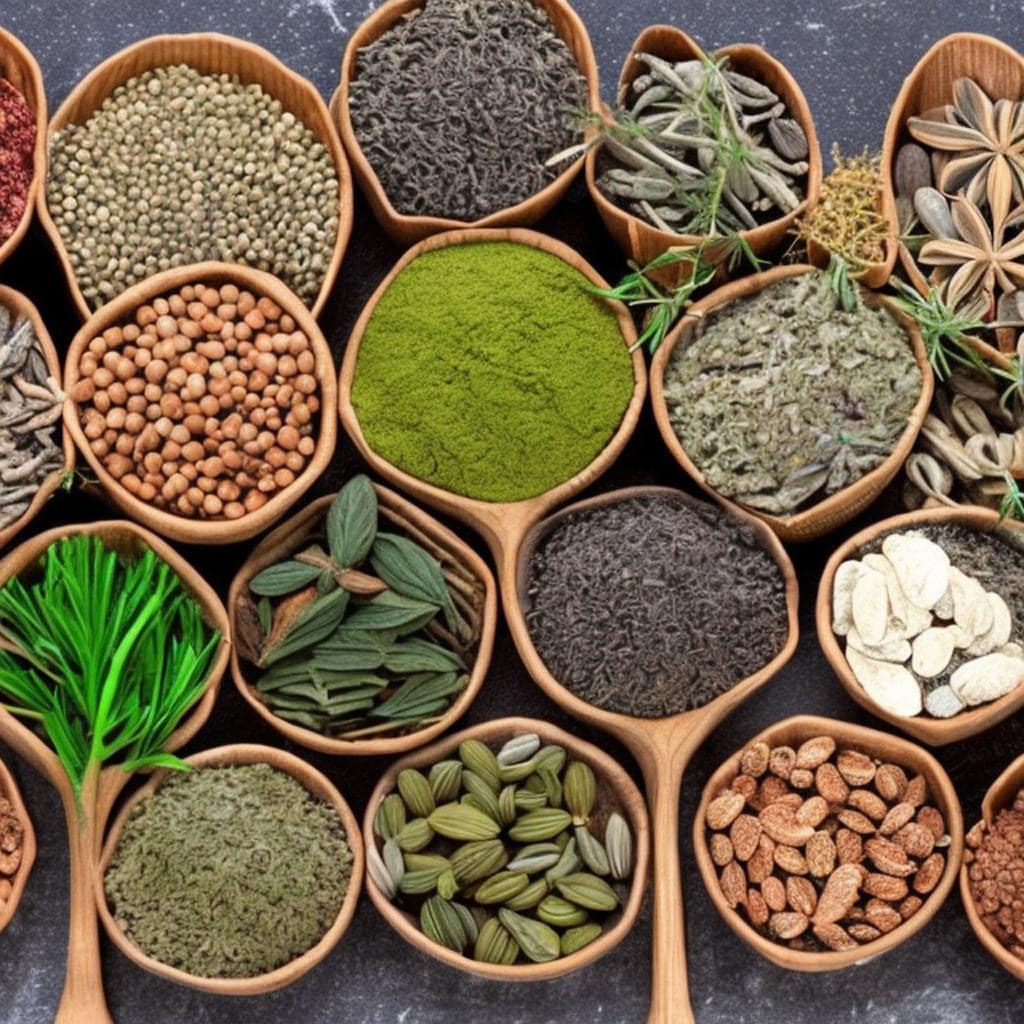AI and Traditional Medicine: Categorizing Herbs for Evidence-Based Therapy
For centuries, traditional medicine has relied on the use of herbs to treat various health conditions. However, the safety and efficacy of these herbs have not always been well understood. With the help of artificial intelligence (AI), it is now possible to categorize herbs based on their chemical composition, biological activity, and traditional uses, which can help in the development of evidence-based therapies and improve patient outcomes.
Traditional medicine practitioners have long relied on their knowledge of herbs to treat various health conditions. However, the efficacy and safety of these herbs have not always been well understood, and there is a need for evidence-based therapies that are based on scientific research.
With the help of AI, it is now possible to categorize herbs based on their chemical composition, biological activity, and traditional uses, which can help in the development of evidence-based therapies. AI algorithms can be used to analyze data from multiple sources, including traditional medicine literature, scientific studies, and clinical trials, to identify the chemical compounds present in different herbs and their biological activities. This information can then be used to categorize herbs based on their therapeutic properties and fields of application.
One example of the use of AI in categorizing herbs is a study published in the Journal of Ethnopharmacology in 2021. The study used machine learning algorithms to analyze data on 407 medicinal plants commonly used in traditional Chinese medicine. The study aimed to identify patterns in the chemical compounds present in these plants and their biological activities. The results of the study were used to develop a classification system for traditional Chinese medicinal plants based on their chemical composition and therapeutic properties.
Another example is a study published in the Journal of Traditional and Complementary Medicine in 2020. The study used a machine learning algorithm to analyze data on the traditional uses of 36 medicinal plants in Ghana. The algorithm was able to identify patterns in the traditional uses of these plants and categorize them based on their therapeutic properties.
The World Health Organization (WHO) has also developed a classification system for traditional medicine practices, including the use of herbs. The system is based on a combination of traditional knowledge and scientific evidence and is used to categorize traditional medicine practices based on their safety, efficacy, and quality.
The use of AI to categorize herbs and their fields of application in traditional medicine has several potential benefits. By categorizing herbs based on their chemical composition and therapeutic properties, traditional medicine practitioners can develop more targeted and effective therapies that are based on scientific evidence. This can improve patient outcomes and reduce the potential for adverse effects.
However, there are also several challenges that must be addressed. For example, there is a need for high-quality data on the chemical composition and biological activities of herbs. Additionally, the integration of AI with traditional medicine practices must be done in a culturally sensitive and ethical manner, taking into account local knowledge and practices.
AI has the potential to support the categorization of herbs and their fields of application in traditional medicine. By categorizing herbs based on their chemical composition and therapeutic properties, traditional medicine practitioners can develop more targeted and effective therapies that are based on scientific evidence. However, more research is needed to fully understand the potential benefits and limitations of AI in traditional medicine, and the integration of AI with traditional medicine practices must be done in a culturally sensitive and ethical manner.

Source OpenAI’s GPT language models, Fleeky, MIB, & Picsart
Thank you for questions, shares and comments!
Share your thoughts or questions in the comments below!






